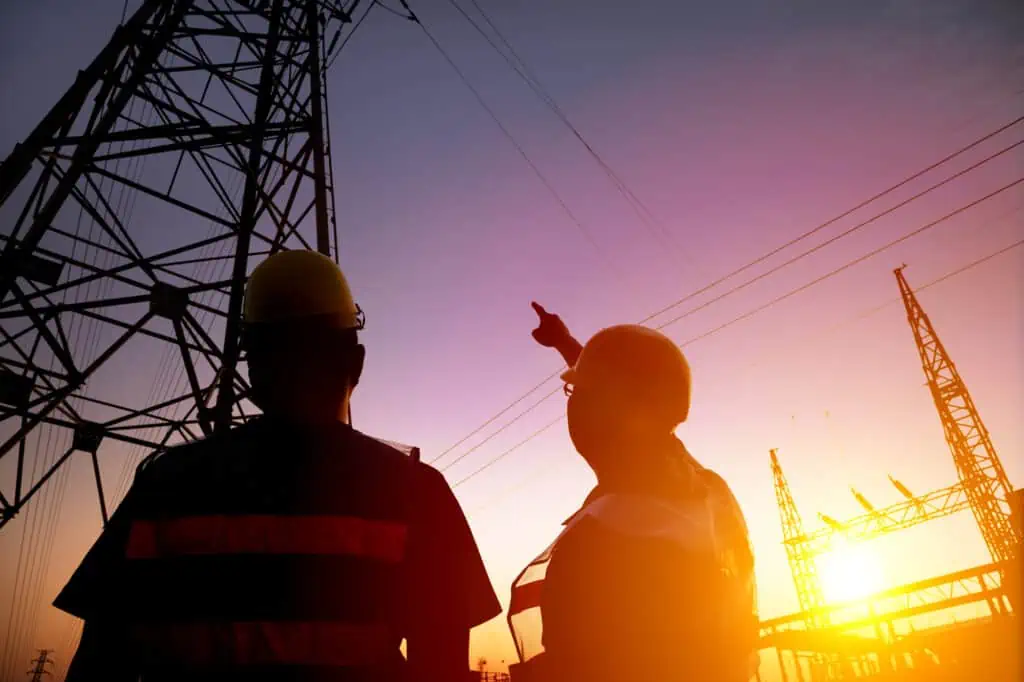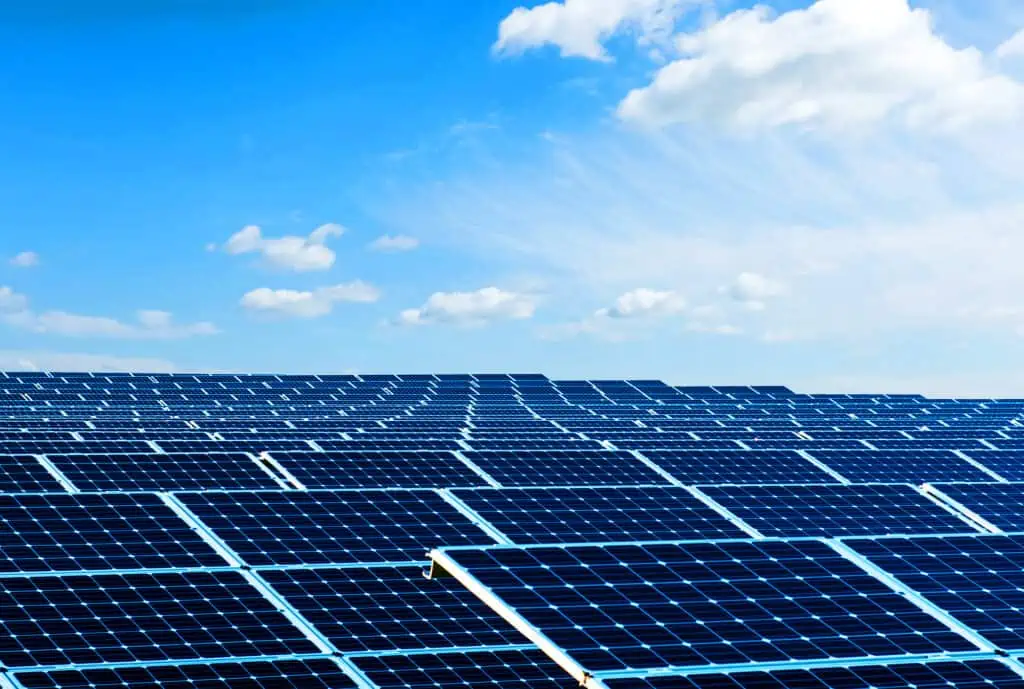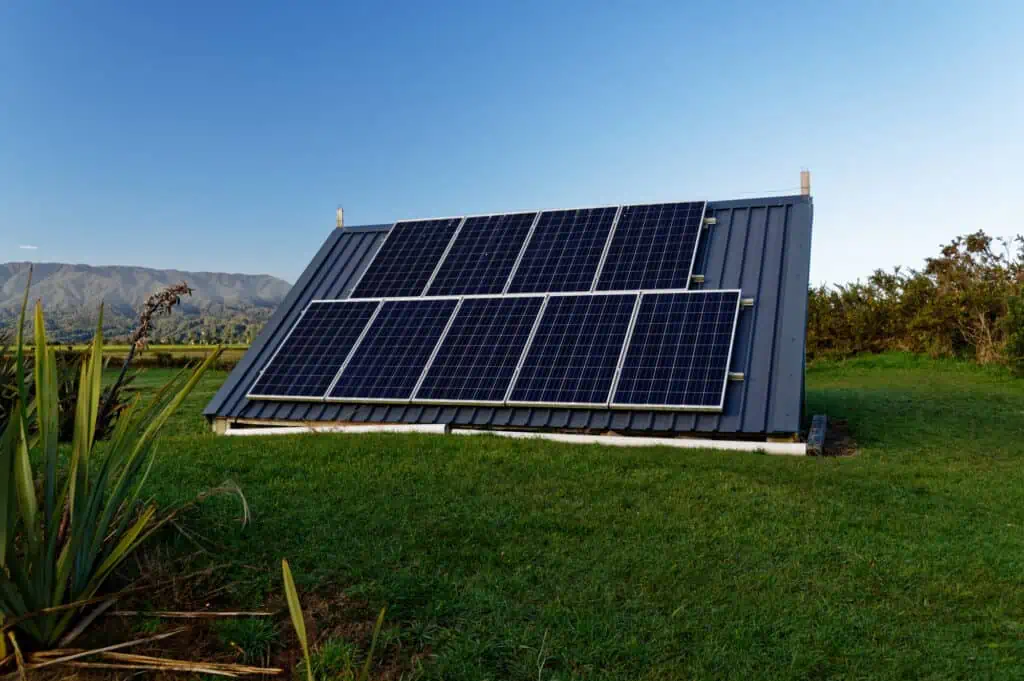With solar panels dotting our rooftops, blanketing fields, and even floating in space, a curious mind might wonder:
“Does solar power need electricity to work?”
This question nudges us into the connection between solar energy and electricity. It will help us understand how the sun’s rays are turned into useful power.
By digging into this subject, we’ll learn how solar power works, whether it depends on electricity, and what this means for our ongoing journey towards a greener, more earth-friendly future.
At first glance, this question may seem odd. After all, isn’t the main job of solar power to generate electricity?
Through this conversation, we aim to unpack this query, comprehend its origin, and clear up the complexities of how solar power and electricity interact.
Contents
Basics of Solar Power
Solar power is the technology of obtaining usable energy from the sun’s light.
Solar energy is captured through devices known as solar cells or photovoltaic cells (PV Cells). They are then converted into usable electricity.
The Photovoltaic Process
The term “photovoltaic” has its roots in two words: “photo,” meaning light, and “voltaic,” meaning electricity.
So, photovoltaic technology is essentially a method of converting light into electricity.
When sunlight hits the PV cells in a solar panel, it excites the electrons in the cells, causing them to move and generate an electric current.
This process is often referred to as the photovoltaic effect.
Understanding Electricity in the Context of Solar Power
Electricity, at its core, is the flow of electrical power or charge.
It is a secondary energy source, which means we get it from the conversion of other energy sources.
These energy sources are coal, natural gas, oil, nuclear power—and yes, solar energy.
How Electricity Relates to Solar Power
Solar power and electricity are linked.
Solar power systems convert the sun’s energy into electricity, which can then be used to power our homes, businesses, and more.
This renewable energy source provides a cleaner alternative to fossil fuels. It reduces greenhouse gas emissions and promotes sustainable living.
Solar Power Generation
Solar panels are the workhorses of solar energy production.
Composed of numerous photovoltaic cells, solar panels absorb sunlight and transform it into an energy that we can use—electricity.
Each photovoltaic cell within a panel is like a mini power station, contributing to the overall energy output.
Q: How is solar energy converted to electricity?
The process of converting solar energy to electricity begins when sunlight hits a PV cell.
This incoming light energy, or photons, knocks loose electrons from atoms in the cell, creating a flow of electricity.
This electricity is initially in the form of direct current (DC).
Q: What is the role of inverters in converting DC power to AC power?
A key component of solar installations is the inverter.
As the electricity generated by PV cells is direct current (DC), it must be converted to alternating current (AC).
This is the form of electricity used by our household appliances. This is the role of the inverter in a solar power system.
Q: What is the use of solar batteries?
Not all electricity generated by solar panels is used immediately.
Excess electricity can be stored in batteries for later use, such as at night or on cloudy days when the panels cannot produce electricity.
This stored electricity helps ensure a steady power supply, even when the sun isn’t shining.
Does Solar Power Use Electricity?
To answer the question, “Does solar power use electricity?” straightforwardly—No, solar power does not use electricity.
Rather, it generates electricity from sunlight.
The purpose of solar systems is to produce electricity, which can then be used for various purposes.
How Do Solar Power Systems Interact With Electricity?
Solar power systems interact with electricity in multiple ways.
The process begins with the generation of DC electricity from sunlight.
This electricity is converted to AC form via inverters. They can also be used directly or stored in batteries for later use.
In some instances, excess electricity is fed back into the grid, effectively reversing the usual power flow.
Misconceptions About Solar Power and Electricity
The question, “Does solar power use electricity?” stems from a common misunderstanding about solar power.
Solar power is a means of generating electricity, not a consumer of it. Like other forms of power generation, it is designed to provide, not consume, energy.
Addressing Other Common Myths and Misconceptions
Some other misconceptions about solar power include the notion that solar panels do not operate on cloudy days.
There is also a misconception that they require more energy to manufacture than they produce in their lifetime.
Both of these are myths.
Solar panels can still produce electricity under cloudy skies, albeit at reduced efficiency. To know more about this, read this article.
Also, the energy return on investment for solar panels is overwhelmingly positive!
Systems often “pay for themselves” in energy terms within a few years of operation.
The Interaction of Solar Power Systems With the Electrical Grid
How Grid-Tied Solar Power Systems Feed Excess Electricity Into the Grid
Many solar installations are “grid-tied,” meaning they are connected to the local electrical grid.
When these systems generate more electricity than needed, the excess can be fed back into the grid.
This process not only reduces electricity bills but also contributes to the broader electricity supply, reducing reliance on non-renewable sources.
How Off-Grid Systems Use Stored Electricity
Off-grid solar systems, on the other hand, are designed to function independently of the grid.
These systems must store all the electricity they produce.
Any excess electricity is saved in batteries for later use, ensuring a consistent energy supply even without a connection to the grid.
How Hybrid Systems Can Both Store and Feed Electricity Into the Grid
Hybrid systems combine the best of both worlds.
They are connected to the grid and can feed excess electricity into it, but they also have the ability to store electricity in batteries.
This provides flexibility and energy security, as the system can draw from battery storage during power outages or periods of high demand.
To Bring This Discussion to a Close
Solar power does not use electricity. It generates it.
This is an essential aspect of solar energy and a common misconception that needs to be corrected.
We’ve covered the process of converting sunlight into electricity, the roles of different components in this process, and how solar power systems connect with the grid.
Along the way, we’ve also addressed common myths and misunderstandings, shedding light on the true capabilities and benefits of solar power.
If you want to learn more about solar energy, we encourage you to explore our website.
You’ll find a wide range of articles and resources that provide deeper insights into solar power, its advantages, and the options available.
Discover how solar energy can revolutionize energy consumption and contribute to a greener future!



